August 25 2022
Next generation vehicles are becoming increasingly complex, meaning the development processes used in their development must evolve in parallel to ensure that the ever-increasing customer needs can be fulfilled. This summer’s masterclass by Dr Josef Zehetner from AVL introduced us to the future of the automotive development process, the Integrated and Open Development Platform (IODP) and emphasised the importance that Model-Based Systems Engineering (MBSE) will play in the future of vehicle development.
The IODP blends different simulation tools as well as the virtual and the real worlds. This new method of vehicle development allows co-simulation, where simulated and real-world components can operate and be tested simultaneously, and each can be developed in different SW tool. This enhances collaboration between engineering teams and enables increasingly complex systems to be developed at faster speeds.
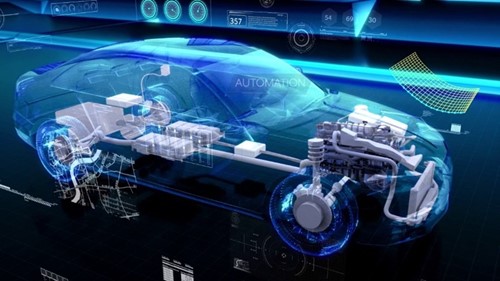
Throughout the masterclass, it was apparent that the concept of interoperability was a key motivator for developing the IODP. Interoperability is a characteristic of a product or system which states it must work and share information effectively with other products or systems. Clearly, in a vehicle there are many systems that must co-ordinate together. A task only made more complex when considering the IODP merges virtual and physical systems during co-simulation. This allows the individual engineering teams to keep developing their components or even subsystems of the overarching product in the best-suited SW tool whilst still being able to co-simulate their part with the rest of the product that might be developed elsewhere.
Dr. Zehetner also empathized how the increasing complexity of both the systems being developed and the organization itself need to be carefully managed. This has led to discussion about how MBSE is heavily employed within AVL where every project relies on the documentation, scheduling, and system modelling in a single source of truth system model. This improves the communication between individual teams ensuring everyone is working towards the latest requirements and with up-to-date specifications as well as understanding the system under development, its internal and external interfaces, and interactions through rigorous system modelling.
Establishing a common co-simulation middleware enhances the possibility to couple two or more different simulation tools as the only requirement is to connect each of the simulation tools to the middleware. This requires advanced actions to be performed on the coupling signals, such as interpolation to ensure that different solver settings in individual simulation solvers can be used to ensure maximum efficiency and accuracy. This common middleware replaces the need for having to write custom interfaces for each of these tools separately and therefore simplifies the co-simulation process.
To experience the state-of-the-art testing and development facilities that are fully equipped to support the IODP processes the second day of the masterclass was based at the IAAPS research and innovation centre at the Bristol & Bath Science Park. The extensive 11,300 m2 site includes the necessary capability to carry out the modelling and testing of all current powertrain systems, making it the perfect facility for an IODP.
During the second day of the masterclass Dr. Zehetner provided us with a deep dive into the IODP tools and methods. The morning began with an overview of software defined vehicles (SDV), which are vehicles where features and functions are primarily enabled through software. This also opened an interesting discussion around consumer attitudes towards software limited vehicles, a clear example of how engineering challenges cannot be tackled without transdisciplinary working at a fundamental level. After then discovering more about the possibilities of virtual prototyping, we paused for lunch and had the opportunity to take a tour of the facilities in the R&I centre during which, once suited and booted in PPE, we were shown one of the testing cells by IAAPS Engineering Director, Professor Rob Oliver, who explained the functionality and capabilities of the systems within it and how they integrate with the IODP tools.
The afternoon continued the masterclass with a presentation on a technical challenge for IODPs. This challenge focused on signal time delays, which can cause instabilities when controlling virtual and physical systems simultaneously. After Dr Josef Zehetner explained how this challenge is being overcome, the master class concluded with a group discussion on the possible future applications of artificial intelligence within the IODP framework. Unsurprisingly, many of these ideas posed exciting possibilities for AVL supported PhD projects which could be tackled by AAPS CDT students!
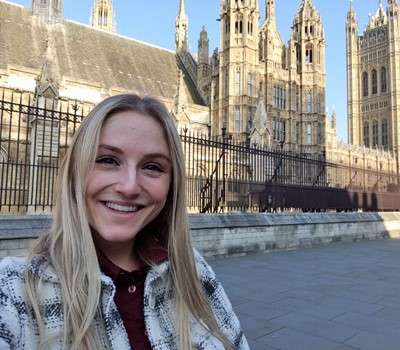
28 February 2024

18 January 2024
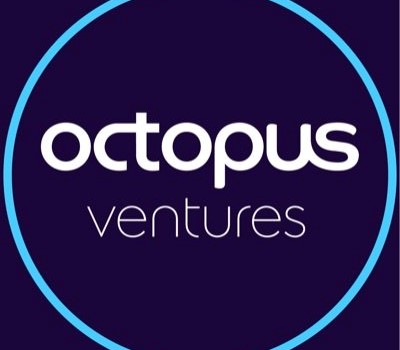
29 November 2023
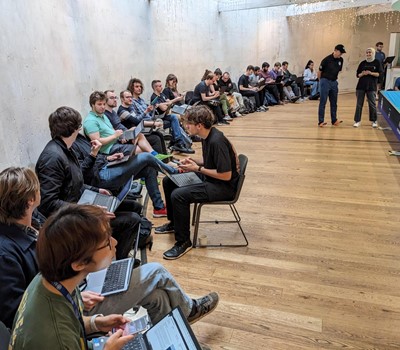
13 November 2023
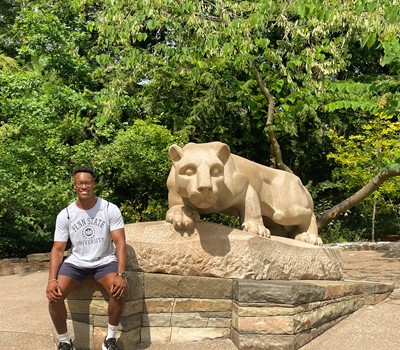
© Copyright 2024 AAPS CDT, Centre for Doctoral Training in Advanced Automotive Propulsion Systems at the University of Bath